Have you ever watched a lovebird nuzzle against its human’s cheek and wondered why this tiny parrot can form such an intense connection? It’s almost magical to witness the way lovebirds, with their bright feathers and curious eyes, create bonds that sometimes seem stronger than those between people themselves. For bird lovers, this connection goes beyond simple companionship—it’s an experience full of emotion, trust, and genuine affection. Let’s dive into the surprising world of lovebird-human relationships and uncover what makes these bonds so incredibly deep.
Lovebirds may be tiny in size, but their ability to bond with humans is anything but small. These affectionate birds thrive on companionship and often form strong emotional connections with their owners, especially when raised with consistent interaction. Their playful personalities and desire for attention make them incredibly engaging pets. Lovebirds communicate through gentle chirps, cuddles, and even mimicking behaviors, which helps solidify their bond. With a little patience and care, you’ll find that a lovebird can become one of the most loyal and loving avian companions.
The Unique Social Nature of Lovebirds
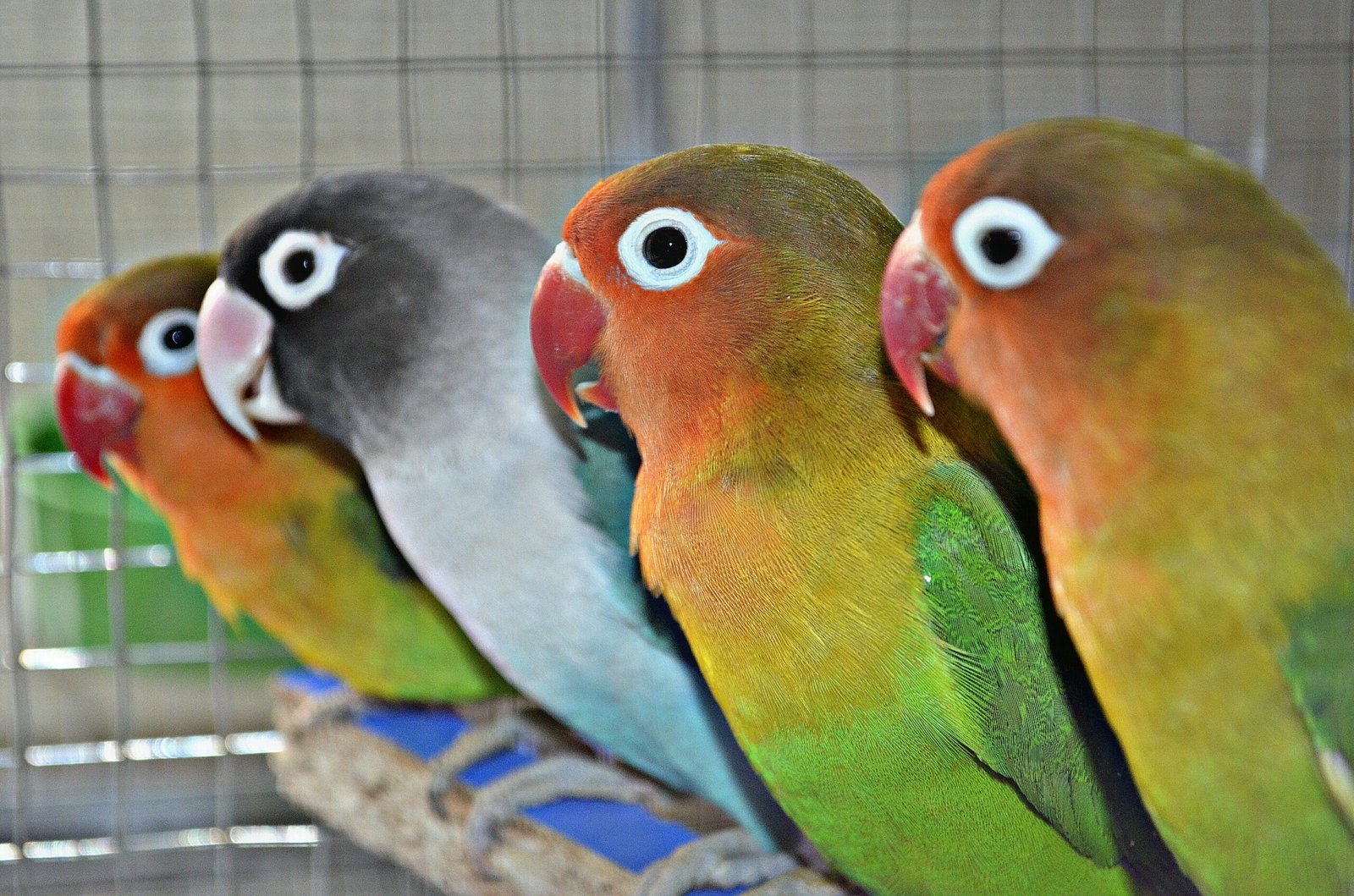
Lovebirds are famous for their social personalities. In the wild, they live in flocks and rarely spend time alone. This naturally social behavior means they’re always seeking companionship and interaction. When kept as pets, lovebirds often transfer their need for connection from other birds to their human caretakers. Their emotional neediness makes them crave attention, affection, and time spent together. This is why you might find your lovebird following you around the room or calling out when you leave. They simply want to be close, just as they would with their feathered friends in nature. This strong social instinct is the foundation for their deep bonds with humans.
Imprinting and Early Human Interaction
A lovebird’s early experiences play a huge role in shaping its future relationships. When a lovebird is raised by humans from a young age, it often “imprints” on its caregivers. Imprinting is a powerful process where the bird forms an emotional attachment to whoever cares for it during its early days. This can be a human instead of another bird, resulting in a lovebird that sees its human as family. The effects of imprinting can last a lifetime, making the bond between lovebird and human incredibly strong. Many bird owners notice their hand-raised lovebirds are much more affectionate and trusting than those raised by their parents.
Lovebirds’ Natural Affection and Cuddling
Unlike many other pet birds, lovebirds are particularly affectionate and tactile. They love to cuddle, snuggle, and even preen their favorite humans. This physical closeness is part of their natural way of showing love and trust. When a lovebird sits on your shoulder, gently nibbles at your ear, or tucks itself into your hair, it’s displaying the same behaviors it would with a mate in the wild. For lovebirds, physical touch isn’t just comfort—it’s a vital part of their emotional connection. Many owners find these moments heartwarming, sometimes even saying it feels like their bird knows exactly how to cheer them up after a tough day.
Communication: More Than Just Chirps
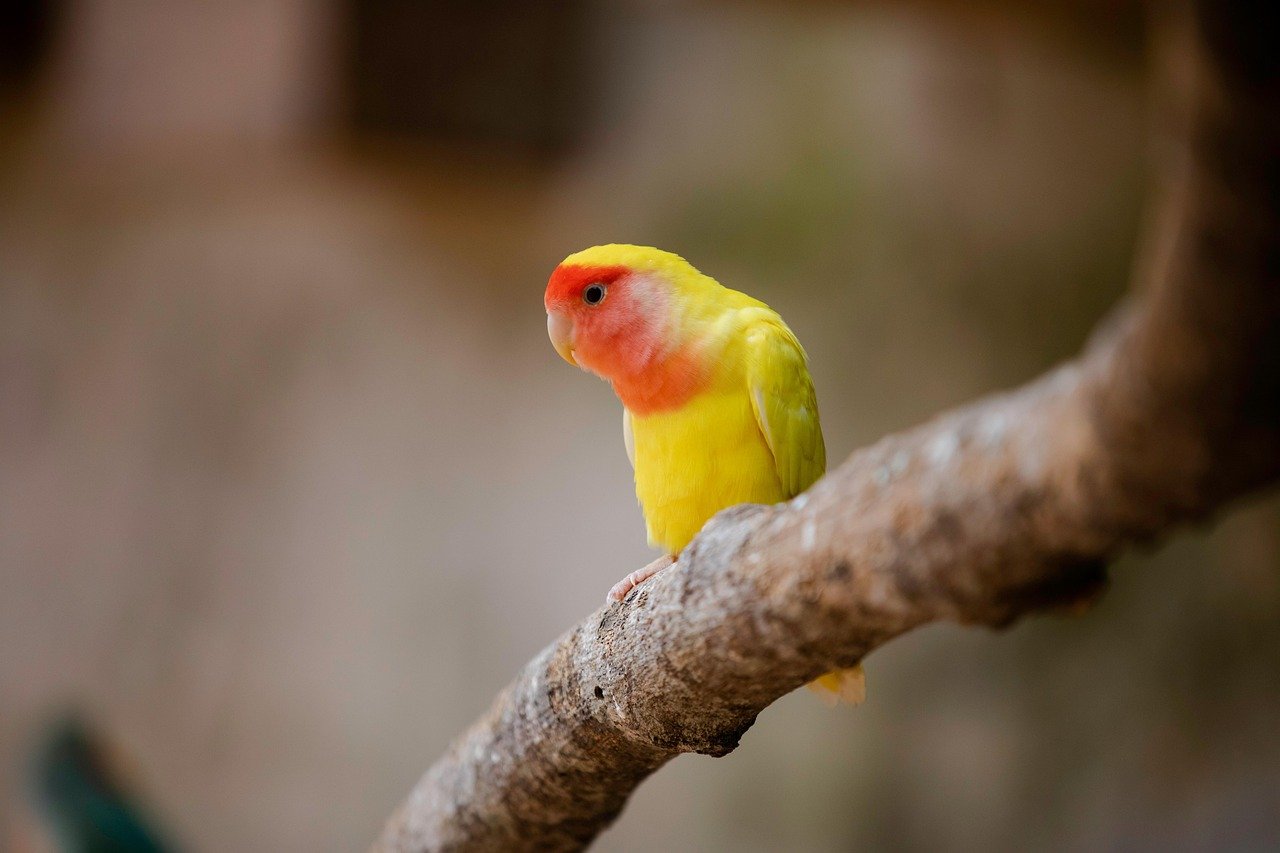
Lovebirds are surprisingly expressive. They communicate not just through chirps, but with body language, eye contact, and even subtle changes in feather position. Over time, lovebirds learn to recognize their human’s voice, moods, and habits. They might chirp excitedly when you come home or tilt their head in curiosity as you talk. Some lovebirds even learn simple words or whistle tunes to get your attention. This two-way communication deepens the bond, as both bird and human learn to “speak” each other’s language. The sense of being understood by your pet can be incredibly fulfilling and creates a special emotional connection.
Trust Built Over Time
Trust is the cornerstone of any strong relationship, and lovebirds are no exception. At first, a new lovebird might be shy or cautious. But with patience, gentle handling, and consistent care, trust begins to grow. Small gestures like hand-feeding treats, spending quiet time together, or softly talking to your bird can help build this trust. As the bond deepens, the lovebird will show more affection, willingly stepping onto your hand or cuddling up for a nap. This gradual development of trust makes the connection even more meaningful for both the human and the bird.
Lovebirds’ Loyalty and Attachment
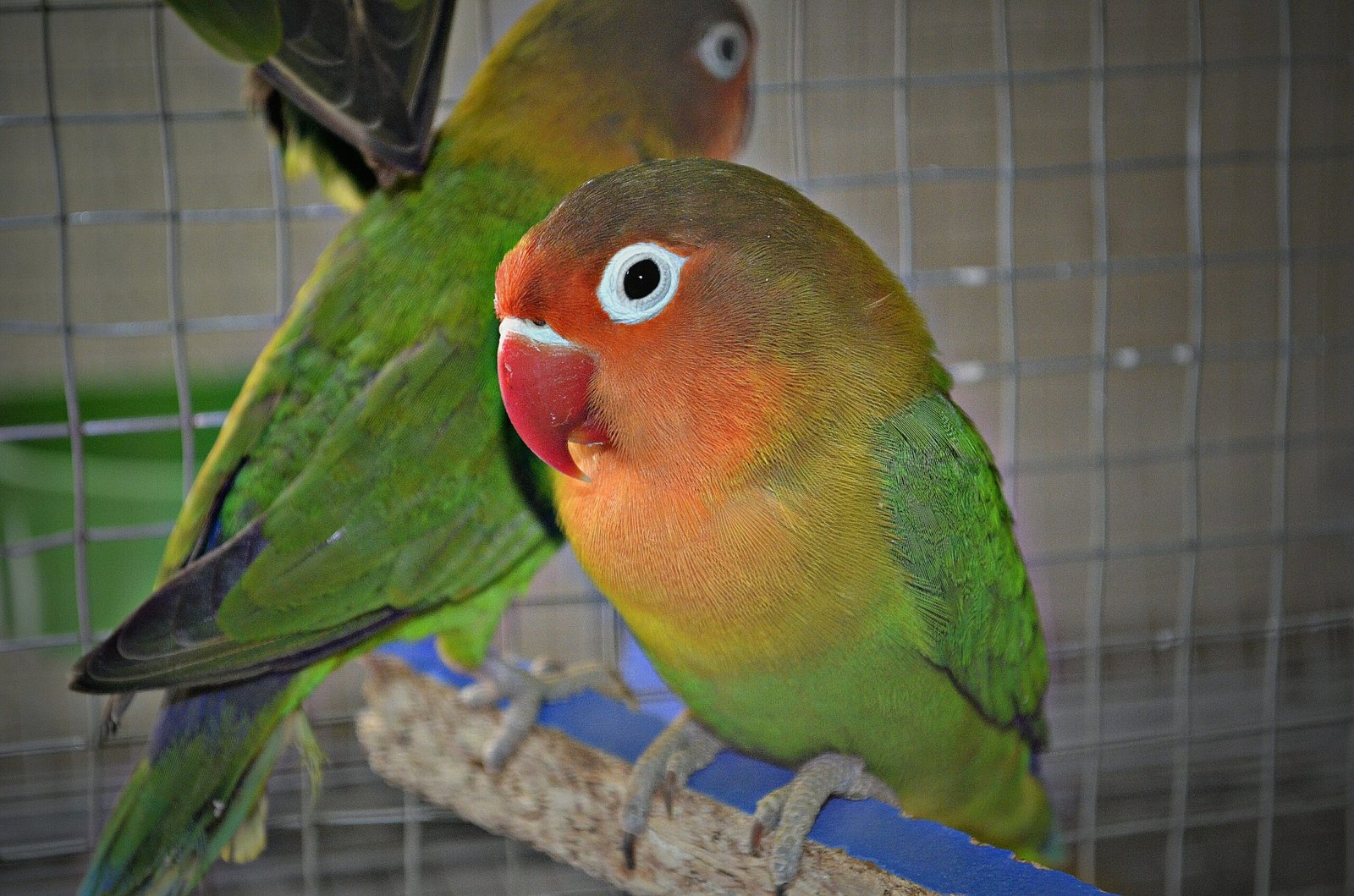
Once a lovebird forms an attachment, it is incredibly loyal. Many bird owners report that their lovebird seems to have a favorite person and will go to great lengths to be near them. This loyalty can be touching—lovebirds have been known to wait patiently for their humans to come home or refuse to eat until they see their favorite person. While this intense attachment can sometimes be challenging, it’s also a testament to the depth of the bond. The unwavering loyalty of a lovebird is one of the reasons they are so beloved as pets.
The Emotional Sensitivity of Lovebirds
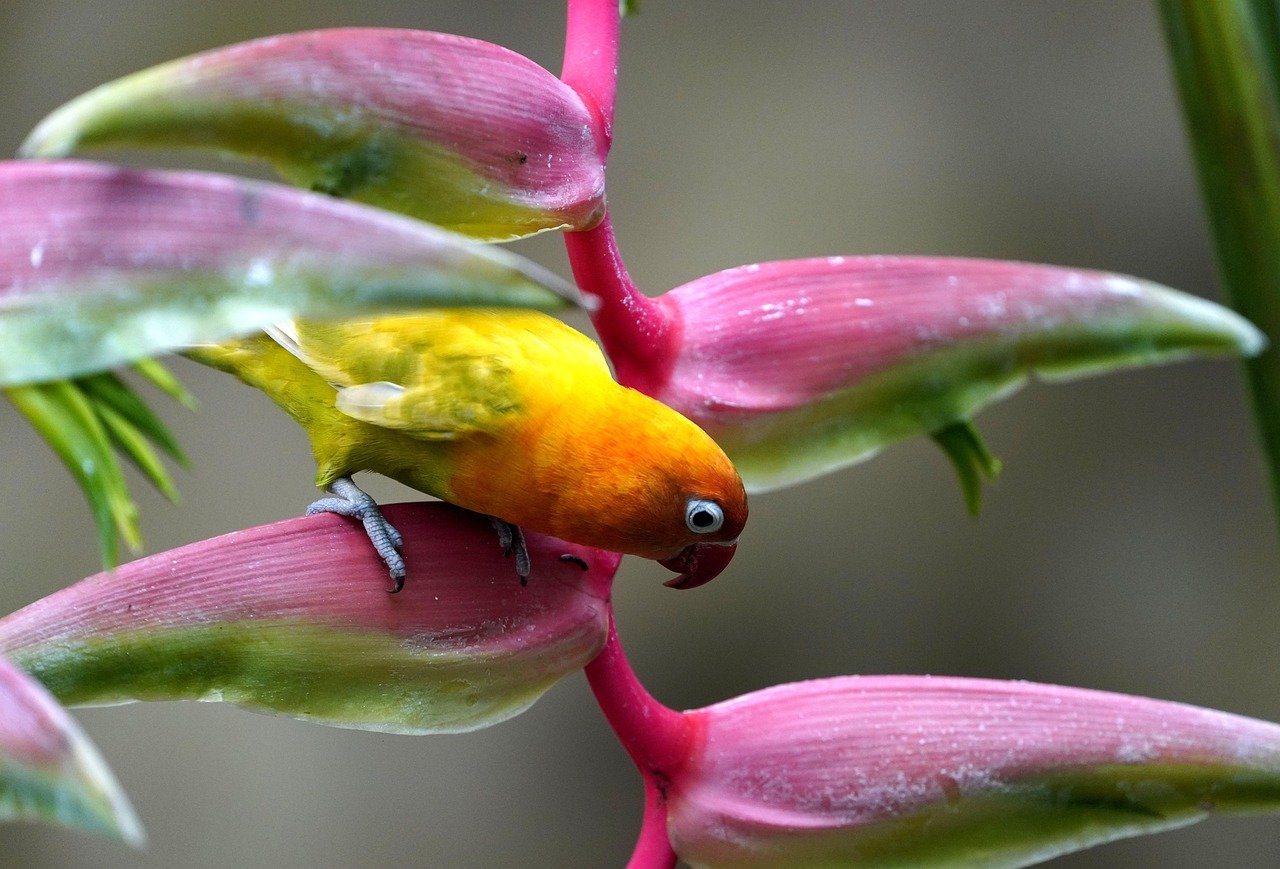
Lovebirds are remarkably sensitive to the emotions of those around them. They can sense when their human is happy, sad, or stressed, often reacting with comforting behaviors like gentle chirping or cuddling. This emotional intuition strengthens the human-bird relationship, as many owners feel their lovebird truly “gets” them. During difficult times, a lovebird’s presence can be incredibly soothing, offering a reminder that unconditional love exists in the most unexpected places. Their ability to pick up on emotional cues makes them unique among pets.
Shared Routines and Daily Rituals
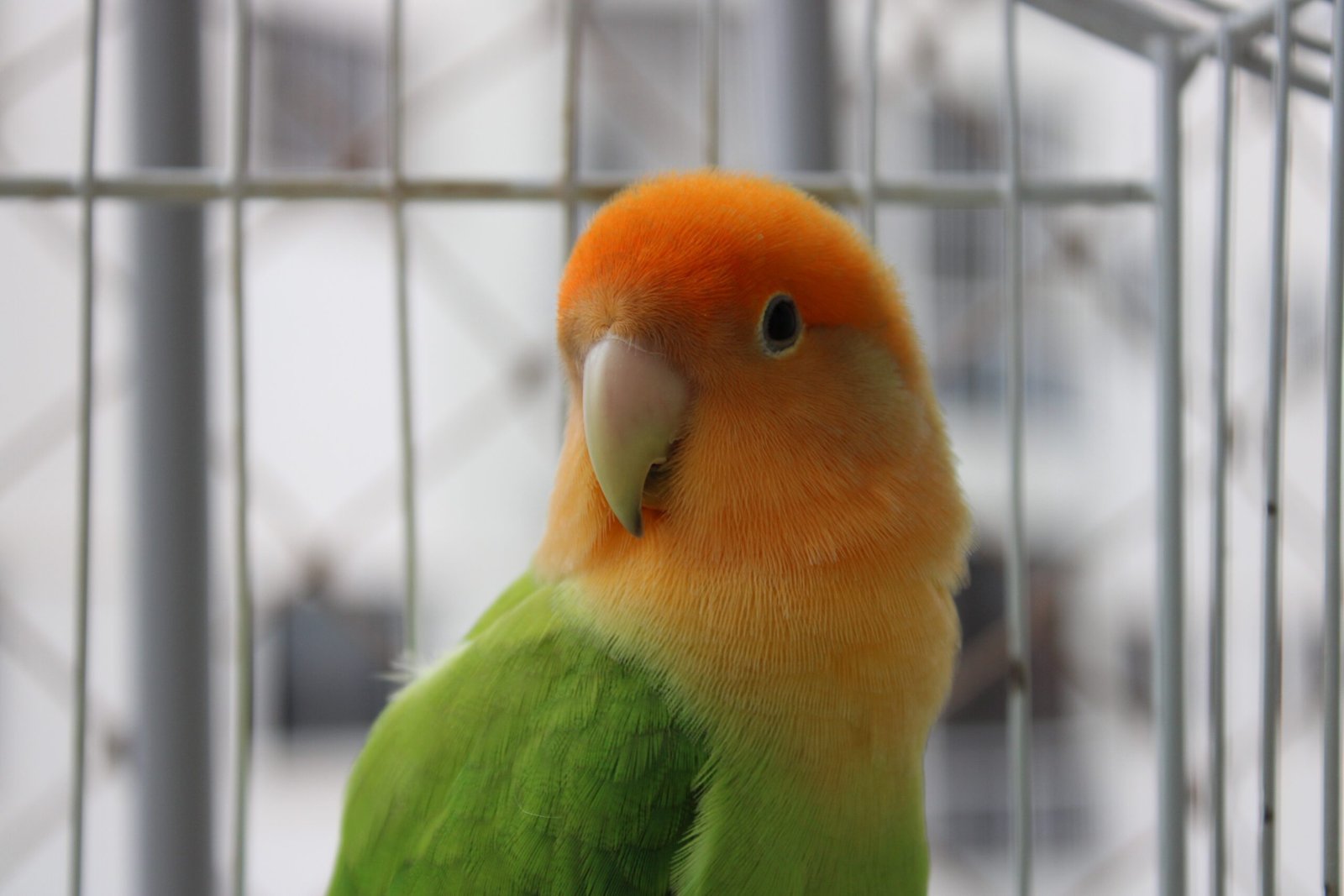
Routines are important for lovebirds, and they thrive on the predictability of daily life with their humans. Whether it’s morning greetings, shared mealtimes, or evening play sessions, these rituals create a sense of security and belonging for the bird. Over time, these shared routines become cherished moments that deepen the relationship. Many owners find that their lovebirds eagerly anticipate certain activities, such as head scratches before bed or a favorite game with a bell. These daily connections are small but powerful ways lovebirds bond so deeply with their people.
The Need for Companionship
Lovebirds are known for their dislike of loneliness. In the absence of another bird, they often turn to their human for companionship. This need isn’t just about socializing—it’s a fundamental part of their well-being. When a lovebird bonds with a person, it fills the emotional gap left by not having a feathered mate. This makes the human-bird relationship even more significant, as both parties become essential to each other’s happiness. For many, this shared sense of companionship transforms the simple act of pet ownership into something truly special.
Mutual Affection: A Two-Way Street
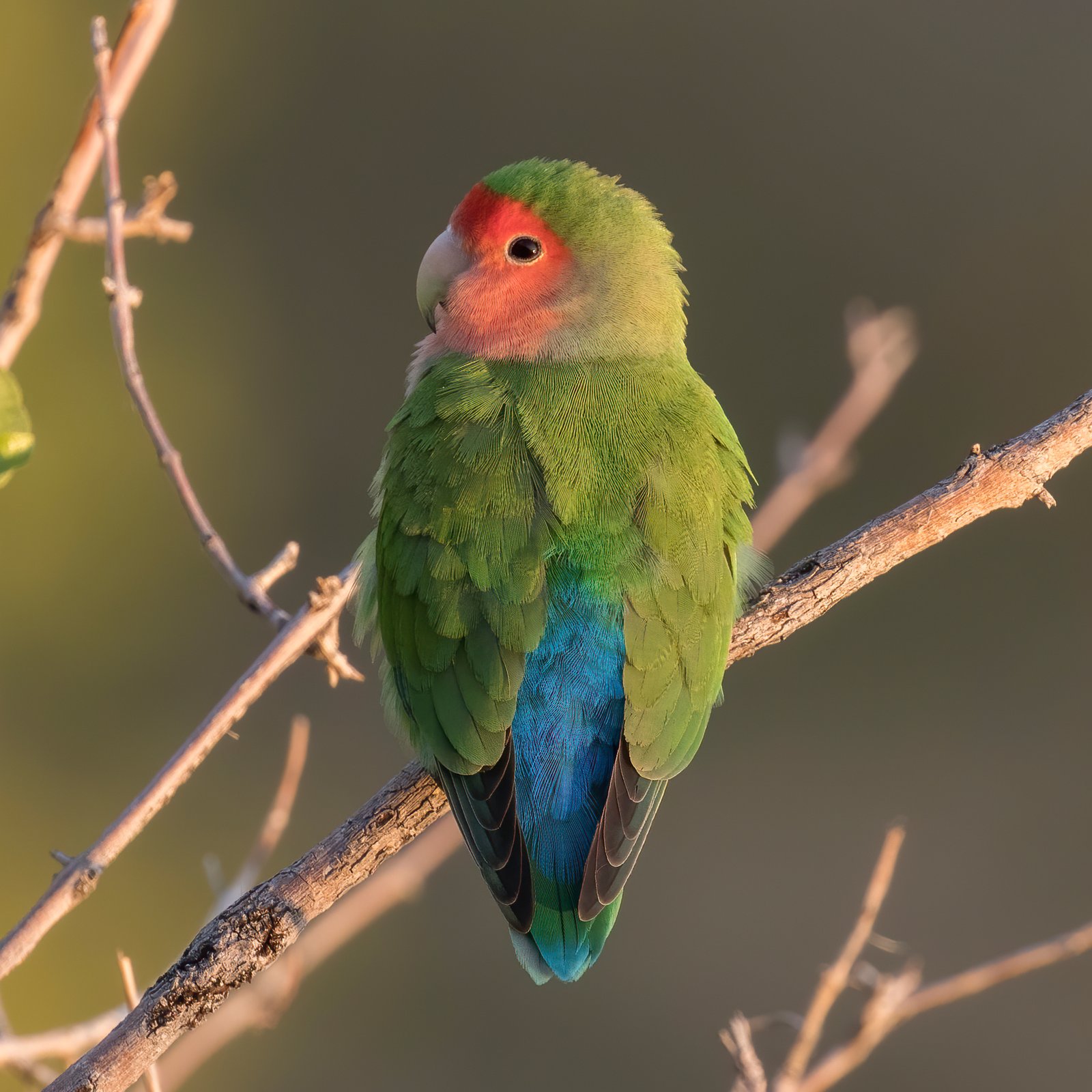
The relationship between a lovebird and its human is not one-sided. Just as the bird shows affection and loyalty, humans often become deeply attached to their lovebirds. The daily interactions, shared joys, and unique personalities of these birds create a bond that’s hard to break. Many owners describe their lovebird as a true friend or family member. This mutual affection is the secret ingredient that makes the lovebird-human connection so enduring and powerful. There’s something magical about knowing you’re loved just as much as you love in return.
In the end, lovebirds live up to their name—they’re all about connection. Their deep bonds with humans come from a mix of affection, loyalty, and constant interaction. When you give them time and love, they return it tenfold, becoming more than just pets—they become feathered best friends.

Esther is from India; the heartbeat of South Asia, holding a Master’s degree in Zoology and a postgraduate diploma in Animal Welfare. Her enthusiasm for animal welfare drives her passion and dedication to working for animals, ensuring their well-being, and advocating for their rights. With a solid academic background and hands-on experience, she is committed to making a positive impact in the field of animal welfare. In her free time, she enjoys embroidery and sewing. As a Chennaite from Tamil Nadu, Esther loves Bharathanatyam, an Indian classical dance form.





